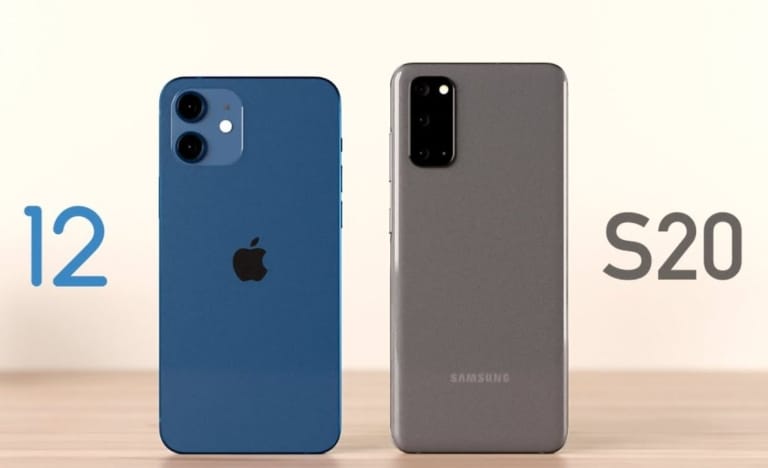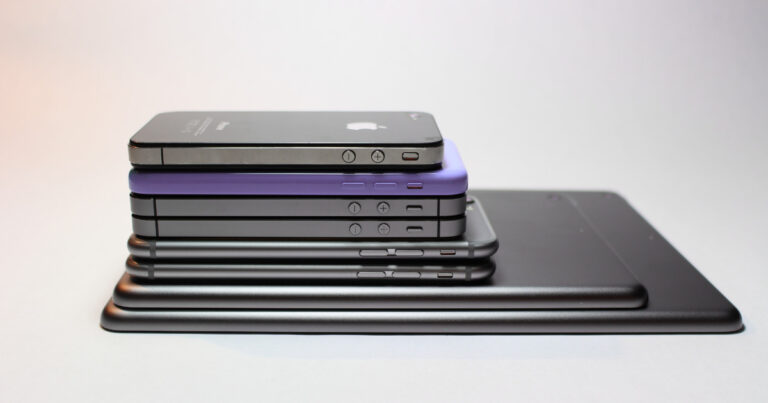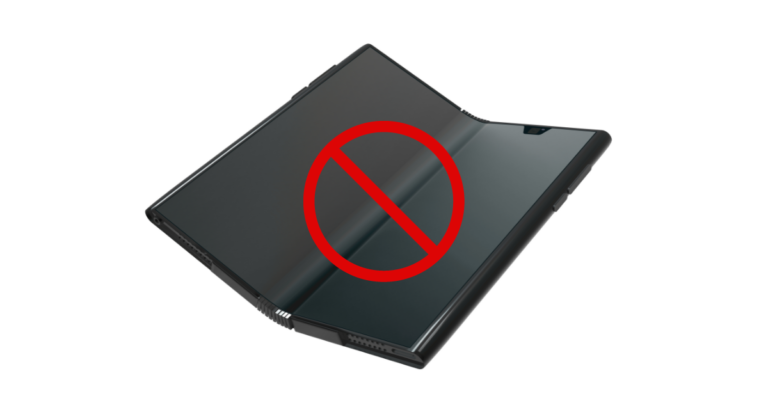What is a Display Pixel Density? (Importance, Benefits and More)
Display pixel density, also known as pixel density, refers to the measurement of pixels per inch (PPI) or pixels per centimeter (PPCM) on an electronic display.
It is a crucial factor in determining the level of detail and clarity of images on devices such as computer monitors, televisions, cameras, and scanners.
Pixel density is different from resolution as it specifically describes the amount of detail on a physical surface or device, regardless of scale.
Resolution, on the other hand, refers to the number of pixels in an image. Higher pixel density results in sharper and more detailed images, while lower pixel density can lead to pixelation and reduced clarity.
To calculate pixel density, we divide the number of pixels by the physical size of the display.
Different types of displays have varying pixel densities, and it’s essential to consider this factor when choosing a device.
Importance of Pixel Density
Pixel density has a significant impact on the overall quality and sharpness of images displayed on electronic devices.
When pixel density is high, individual pixels are packed closely together, making it difficult for the naked eye to distinguish them.
This results in images appearing sharper and more detailed. On the other hand, lower pixel density can lead to pixelation and reduced clarity.
The perceived image quality also depends on factors such as device resolution, screen size, and screen real estate. A higher pixel density is especially crucial for smaller screens, like smartphones, where every pixel matters to ensure optimal sharpness and clarity.
On larger screens, a balance between pixel density and viewing distance becomes important, as the human eye may not be able to distinguish individual pixels beyond a certain distance.
Benefits of Higher Pixel Density
- Sharper and more detailed images
- Improved text readability
- Enhanced viewing experience, especially for smaller screens
Considerations for Displaying Low-Pixel Density
- Potential pixelation and reduced image clarity
- Less sharp text and graphics
- Adverse impact on user experience, especially for detailed content or high-resolution media
In summary, pixel density plays a crucial role in the perceived quality of images on electronic devices. Higher pixel density ensures sharper and more detailed visuals, while lower pixel density can result in pixelation and reduced clarity.
It is important to consider pixel density when choosing a device, considering factors such as screen size, resolution, and optimal viewing distance.
Considerations for Choosing Pixel Density
When selecting a device, it is important to take into account the optimal pixel density that suits your requirements.
The ideal pixel density typically falls between 110 and 140 pixels per inch (PPI) to ensure a superior viewing experience with sharp details.
Although higher pixel density may enhance image quality, it necessitates higher screen resolution and increased processing power, which can impact overall performance, particularly for gaming purposes.
Furthermore, the viewing distance plays a significant role in the perceived effect of pixel density. The concept of a “Retina display,” famously introduced by Apple, refers to the distance at which the human eye cannot distinguish individual pixels.
Online calculators and tools are available to help determine the optimal pixel density based on screen size and resolution.
It is crucial to consider scaling compatibility for older software that may not support high pixel-density displays. Scaling refers to the adjustment of image size to fit different screen resolutions.
While newer devices offer scaling options to accommodate various pixel densities, some older software may not adapt well.
Therefore, it is advisable to assess the compatibility of software applications when choosing a device with high pixel density.






